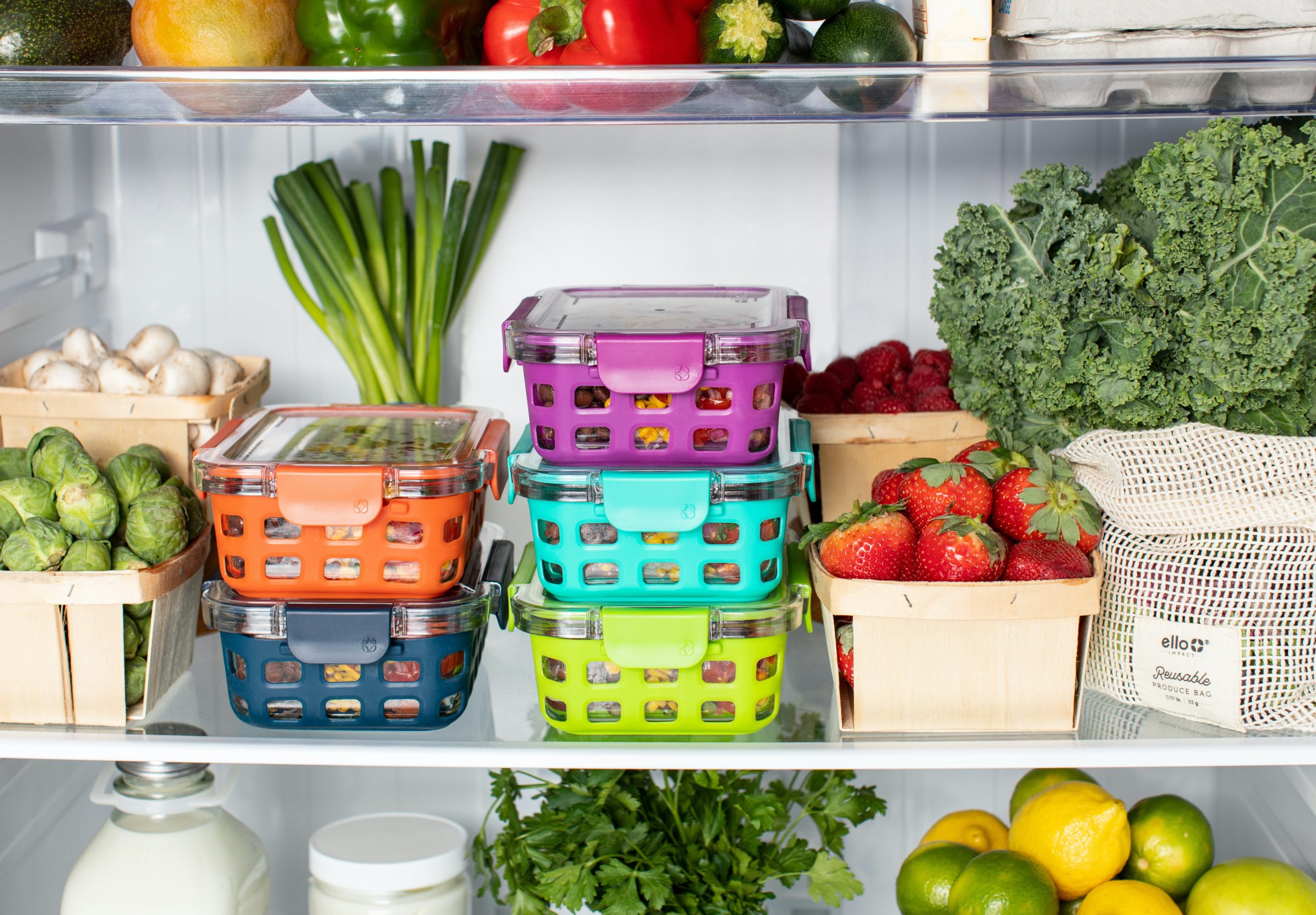Food Recovery Journal
Top 10 Ways To Improve Your Food Storage At Home
July 28, 2021

40% of all food that is produced in the United States goes uneaten, and most of that is the result of households. It’s hard to believe, but if you pay attention to how much food you throw out in a week it might start to make a little more sense. In fact, a family of four could save on average $1,800 a year on wasted food alone. The waste isn’t intentional, but we don’t always have the best strategy or the knowledge to make the situation any better.
Check out these tips for ways to save food you may not have known about. Save the groceries, and save your money!
1. Date Your Foods
When opening a can of sauce, a carton of eggs, or just putting away leftovers, write on the container the date in which they were first opened or stored. This will prevent the “Oh no, how old is this?” panic when you see an item you forgot about in the fridge. It will also help with food organization for tip #2.
2. Store the oldest foods in front
If you’ve started to write dates on your foods or you have just gone to the grocery store, place the already opened or older food items in the front of the fridge. Oftentimes many Americans will forget about what they have in the back of their fridge and it will rot. Simply by seeing what we have, we can incorporate the foods into a meal or a snack and prioritize eating them before they goes bad.

3. Freeze it while its ripe
You’ve labeled your foods and you know you have about a day left before your asparagus is totally wilted the way that it’s looking. Put it in the freezer! If you aren’t ready to cook with it yet it is better to save it for later than throw it away and waste the money. A common misconception is that freezing produce or protein causes it to lose its vitamin and mineral content, but worry not, frozen foods retain most or all of their nutrients until you decide to cook with them! You have nothing to lose but space in the freezer!
4. Know your labels
Many Americans will throw out food prematurely because they misread the labels on the food.
“Sell-By” refers to the peak rotation of freshness for foods on shelves in grocery stores. It has nothing to do with food safety.
“Best-By” refers to the date of the peak taste of food, but does not refer to the expiration.
“Use-By” refers to the ideal freshness of the food, but does not refer to the expiration either.
The moral of the story is to always use your senses to tell if a food has gone bad. Look at it, smell it, and taste just a little. If all else fails, use google to know what signs to look for in a product that has gone bad.
5. Store the right foods apart
Some foods will produce ethylene gas as they ripen. It’s a natural process that may cause other foods around it sensitive to ethylene to ripen even faster! If the foods stored together on your counter seem to be going bad too quickly, this may be the cause. Store these foods as far apart as you can to maximize the time they stay fresh!

6. Treat herbs like flowers
By storing cooking herbs upright in a cup of water you can extend the time that they stay fresh. After getting back from the grocery, cut the end of the stem, cover the tops of them with foil or wrap if needed, and they will be fresh until you need to use them. (Asparagus, carrots, and celery also likes to be kept upright in water)
7. Wash produce as you go
Instead of soaking the entire container of blueberries when you get home, wash only the amount you intend on immediately eating. By washing them and putting the container back with the additional moisture you are creating conditions for mold to grow faster and for your leafy greens to wilt. If you notice there is already moisture buildup in these containers, place a paper towel in the bottom of the containers in order to absorb it and replace it when you notice it getting soggy.

8. Not everything needs refrigerated
Avocados, citrus, bananas, nectarines, pears, peaches, onions, tomatoes, and potatoes can all be stored at room temperature or in a cool pantry. Even apples that aren’t quite ripe yet need to be kept at room temperature before being refrigerated. Just remember the tip about ethylene producers and keep those items distanced. Covering the stem of the bananas can also reduce the amount of ethylene they spread to nearby produce.
9. Wrap opened cheese
After opening it is best to cover cheese in wax or beeswax paper in order to prevent molding. These papers also prevent any flavors from being transferred to the cheese, where plastic wrap can leach odd flavors into the cheese.
10. Use reusable containers
Foods don’t always come in the best packaging for storage. Lettuce can come with too much moisture, grain and bread bags aren’t air tight, and some foods can be too dry. Consider moving foods, especially ripe ones, to reusable containers in order to preserve freshness longer. Bonus points if you bring produce bags to the grocery instead of using plastic! (Just make sure to wash them every once in a while to prevent bacteria growth.)
Start implementing some of these tips in your household and watch your grocery bill fall and your fridge stay stocked! If you are looking for more ways to reduce your food waste at home check out our blog on the topic!